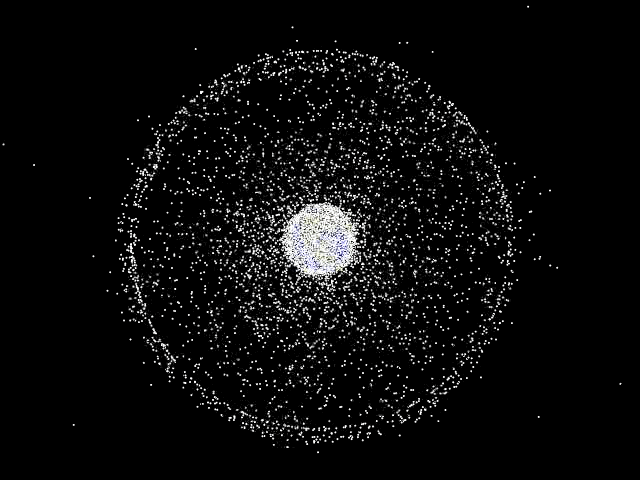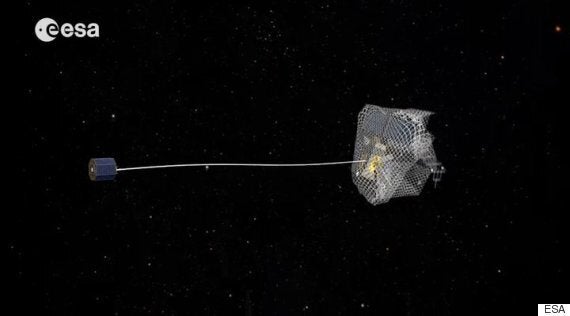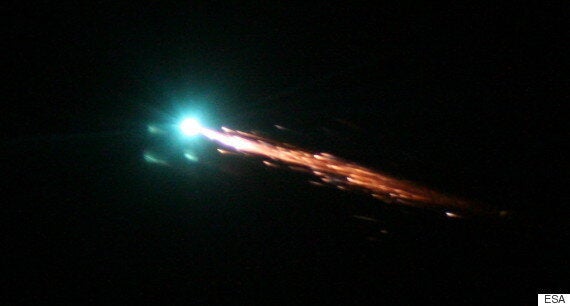Houston, we most definitely have a problem.
Planet Earth is suffering from a major inconvenient truth which is that we're currently suffering from a serious rubbish problem. No we're not talking about the bins your neighbour refuses to deal with, or the foxes that roam the streets.

We're actually talking about the roughly 20,000 pieces of space debris bigger than a football that are currently flying around Earth at a speed of around 17,500mph.
Now that's not ideal for a number of very obvious reasons, the biggest of which (quite literally) happens to have one our newly endowed national treasures on board.
SEE ALSO:
To highlight this now major problem University Lecturer at the Royal Institution Stuart Grey has taken the liberty of creating this rather shocking video.
With nearly 500,000 pieces of known space junk currently in orbit even the smallest fleck of paint could cause catastrophic damage to the International Space Station if it hit at enough speed and in the wrong place.
Is There A Solution?
There are a number of solutions in place, none of them concrete but thanks to evolving technologies they are becoming more realistic.
The ESA's e.DeOrbit mission is one of those. Accepting that at present the 500,000 pieces of junk are going to be almost impossible to collect straight away, e.DeOrbit instead focuses on the largest pieces of junk with the hopes of preventing further collisions which could cause even more debris.

Once launched via a VEGA rocket, e.DeOrbit will then track down a piece of large space debris. Once found the ESA has a range of different capture mechanisms that it's currently exploring:
Throw-nets have the advantage of scalability – a large enough net can capture anything, no matter its size and attitude. Tentacles, a clamping mechanism that builds on current berthing and docking mechanisms, could allow the capture of launch adapter rings of various different satellites.
READ MORE:
Finally, the spacecraft will have to tow the piece of debris down into the atmosphere destroying both.
In the long-term however the key is prevention. Elon Musk's Space X company has been working hard over the past five years to finally create a rocket that can be launched and entirely recovered for re-use.
The rocket program has made slow but significant progress. The ESA encourages the active destruction of vehicles that can't be recovered, suggesting that companies deliberately put in place systems on board future satellites and vehicles that allow them to burn up in the atmosphere at the end of their lifespan.
